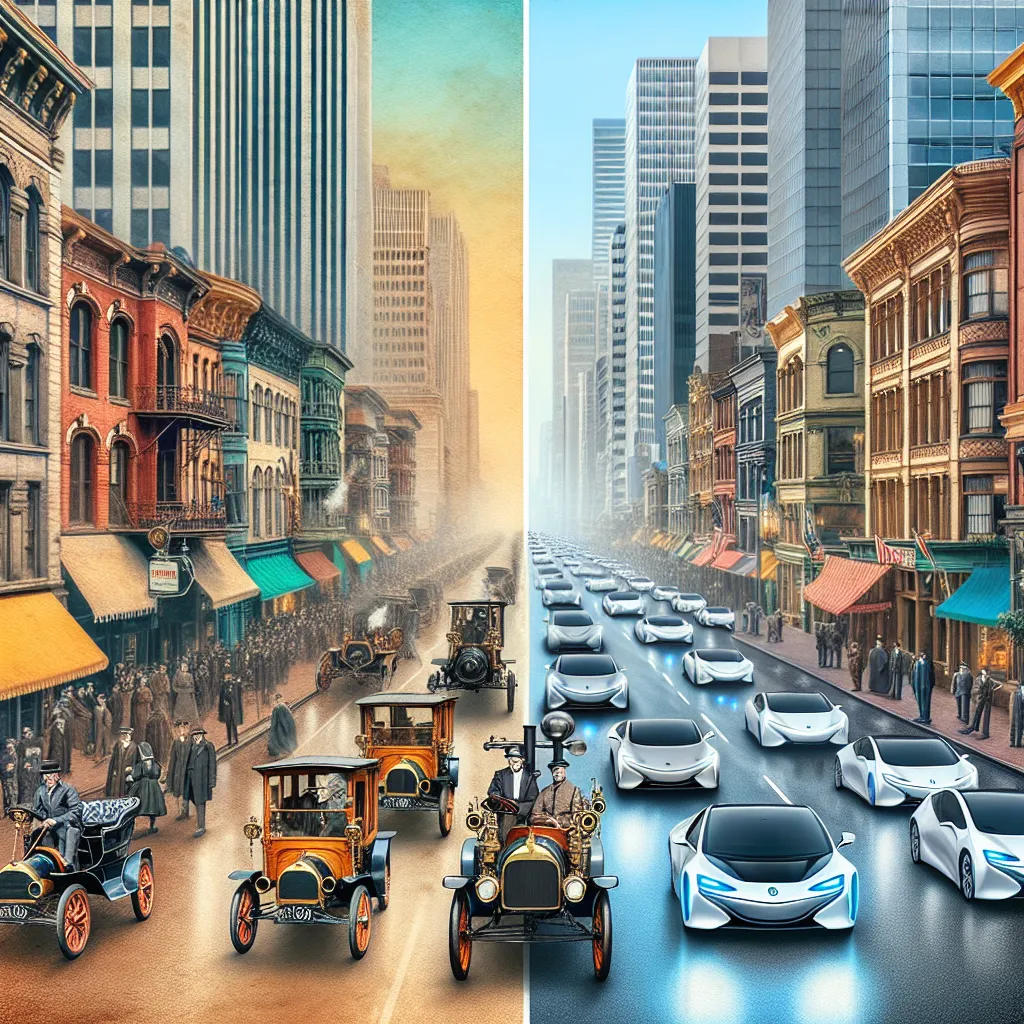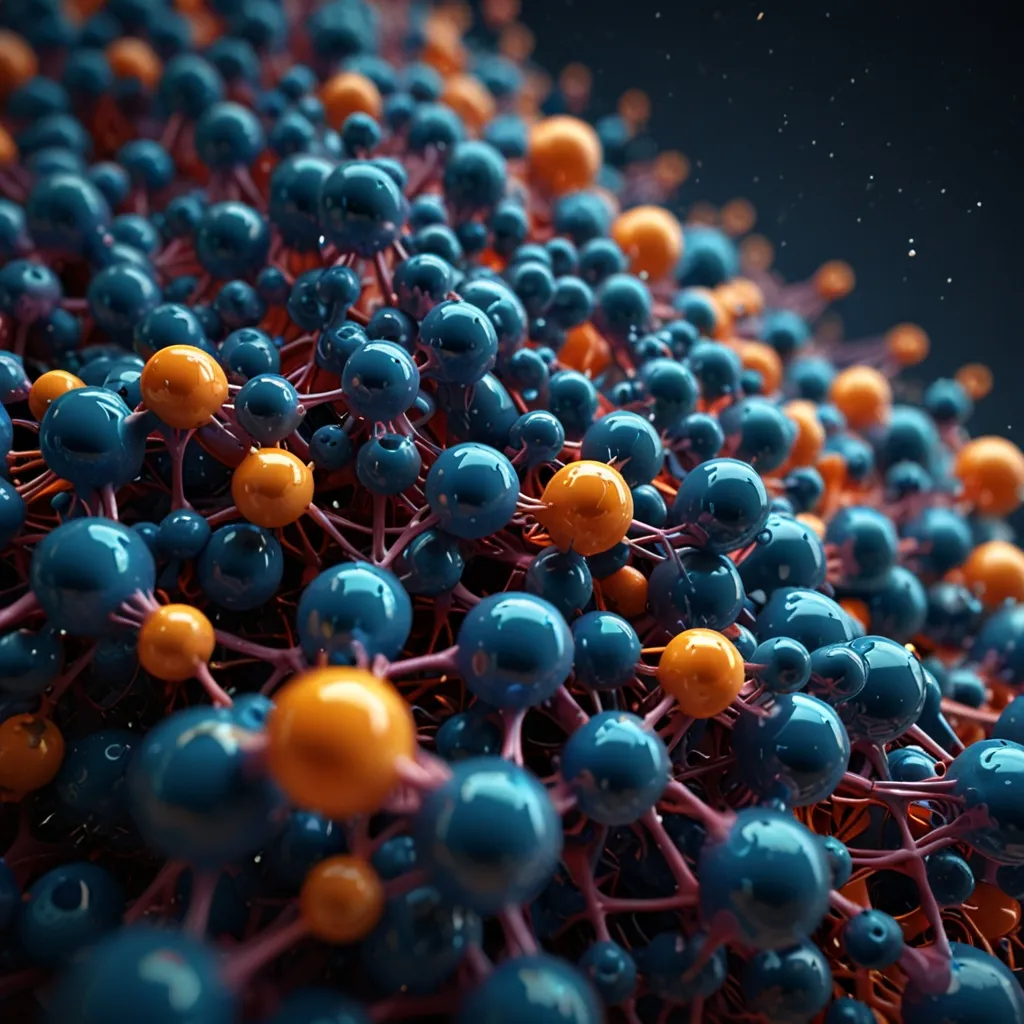Back in the roaring 1920s, when flapper fashion was all the rage, women disguised their figures in straight, shapeless dresses, relying on restrictive bandeaux to flatten their chests. This didn’t sit well with dressmaker Ida Rosenthal, who felt frustrated by the unflattering appearance of these false, flat chests beneath her structured designs.
Determined to solve this, Ida teamed up with her husband William and business partner Enid Bissett to craft a line of intimate wear that embraced and enhanced natural curves. Their creation featured two cups, shoulder straps, and a chest band that clasped at the back. Initially, bras came as a complementary piece with the purchase of a dress. But soon, their popularity surpassed the dresses themselves.
Sensing an opportunity, the trio launched Maidenform, a company dedicated solely to making bras. In a flash of inspiration, William devised a graduated cup-sizing system that could fit women of any age or body shape, revolutionizing the way bras were made and sold.
Fast forward to the rebellious 1960s, when women were burning their bras in protest. Ida Rosenthal was asked about the potential decline of the bra industry. Ever practical, she remarked, “After age 35, a woman hasn’t got the figure to wear no support. Time is on my side.”
Ida’s vision, paired with William’s innovative sizing system, paved the way for Maidenform to become a trusted name in women’s intimate apparel, standing the test of time through fashions and feminist movements alike.






